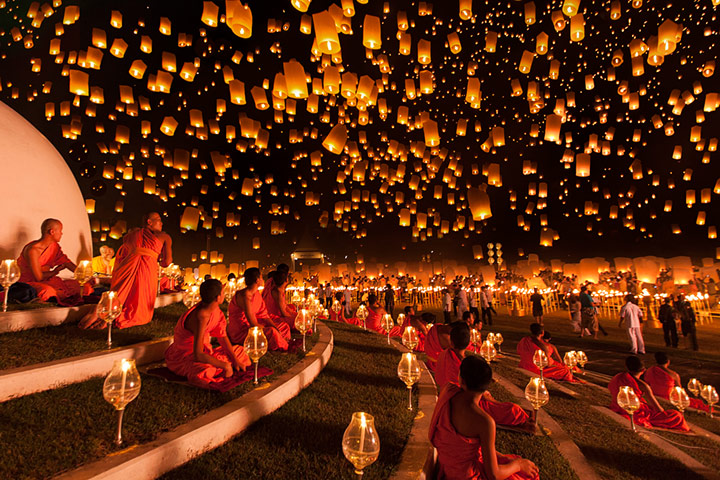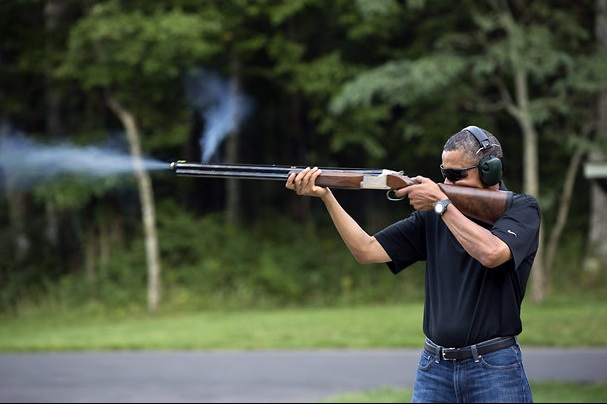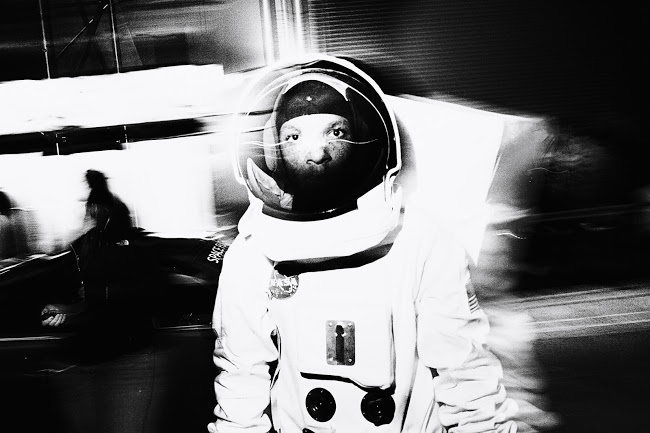OK, so God can’t be photographed. And the suggestion of any visual image–any semblance or likeness–is anathema in some faiths, and in at least one not even the name should be seen in full. (Note also that the Greek verb for both drawing and writing is graphein, from which we get photo-graphy, “light drawing” or “light writing.”) Nor would more secular thinkers be likely to be contrarian on this point: the cosmos is enormous, with much of it beyond the sliver of the electromagnetic spectrum visible to the human eye. The universe is big, humans are small; get over it and get on with the practical business of living in this world. You know: one day at a time, in the here and how, where it is hard enough to see your way to the end of the week, much less across the endless, expanding vastness for ever and ever. Really, who has time for that?
And yet, sometimes I think that too many of us have given up too quickly on the idea that we could be in the presence of eternal holiness. Others, however, have not forgotten.

These monks are looking into the night sky of the Yi Peng lantern festival in northern Thailand. I can’t pretend to know the full meaning of the festival, the specific religious practice of the monks, where the lanterns came from, or just about anything else specific to this scene. Nor can you, I suspect. Nor does it matter, for we are being shown something else.
Readers of Buddhist texts such as The Lotus Sutra are likely to notice the continual repetition and elaboration of the vastness, richness, and endlessness of the Buddha worlds. Multitudes of beings, worlds, eons–“innumerable hundreds of thousands of billions” of buddhas, each showing “bodies as innumerable and numberless as the sands of hundreds of thousands of millions of billions of Ganges,” extending for “innumerable tens of millions of billion of eons,” and that is only one small part of the teaching. One tiny fragment of the immeasurable Dharma of the innumerable millions of billions of buddhas, but still glorious.
Radiant, you might say, like a thousand (million billion) lights in the sky. I have no doubt that the monks know that they are looking at lanterns, and I expect that they are enjoying them much as anyone would, that is, for the sheer delight created by the visual spectacle. But I suspect that some of them are seeing more as well. Seeing through teachings and ritual practices that have developed the human ability to discern the universal radiance that lies beyond the range of ordinary vision. Religion and science alike draw on and extend this larger power of perception; not always, of course, but enough to give us a hint of what more could be known or experienced.
Photography can be another way to extend that power of perception, or at least to hint at what more could be done. Not least when it teams up with the right ritual or the right telescope. But even though such images are familiar enough, they often come wadded in spiritual denial. We see them as images of something, instead of understanding them as signs of things unseen.
There are many reasons for the falling away from a sense of holy immanence–and many of them are of religious origin, not least in Western Christianity. But part of that falling away may have included writing off images as vehicles of spiritual enlightenment. You might say there has been an iconoclastic attitude within the secular construction of Western image culture, not least in respect to our habits of interpretation. Thus, images are secular, and images of the cosmos (of which we have many stunning examples from astronomy) are scientific illustrations of an immense but essentially alienated reality.
I’m not the first to think that modern religion needs to reconnect with a palpable sense of the immensity and beauty of the universe as that has been revealed by modern science, but that is a topic for another day. (As is the idea that modern science might draw on holiness traditions to extend its understanding of how all of reality is fearfully and wonderfully unified beyond human perception.) Let it be enough for the present to begin to sense what is suggested by the photograph above: that not only a festival or the night sky but all of reality is glittering with the same connecting, enveloping, awakening energy.
Photograph by Justin Ng/Sony World Photography Awards 2013 Open Short List, Arts & Culture.
1 Comment






